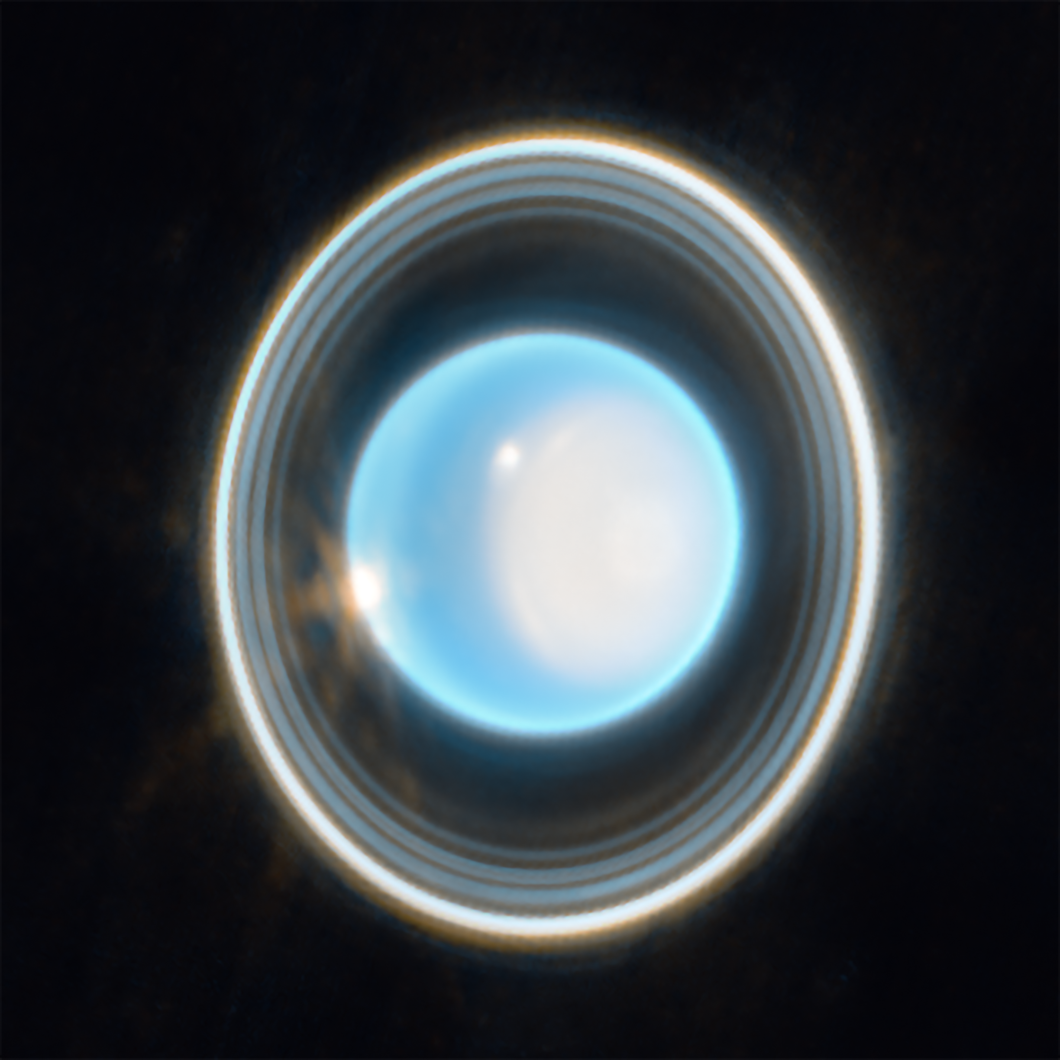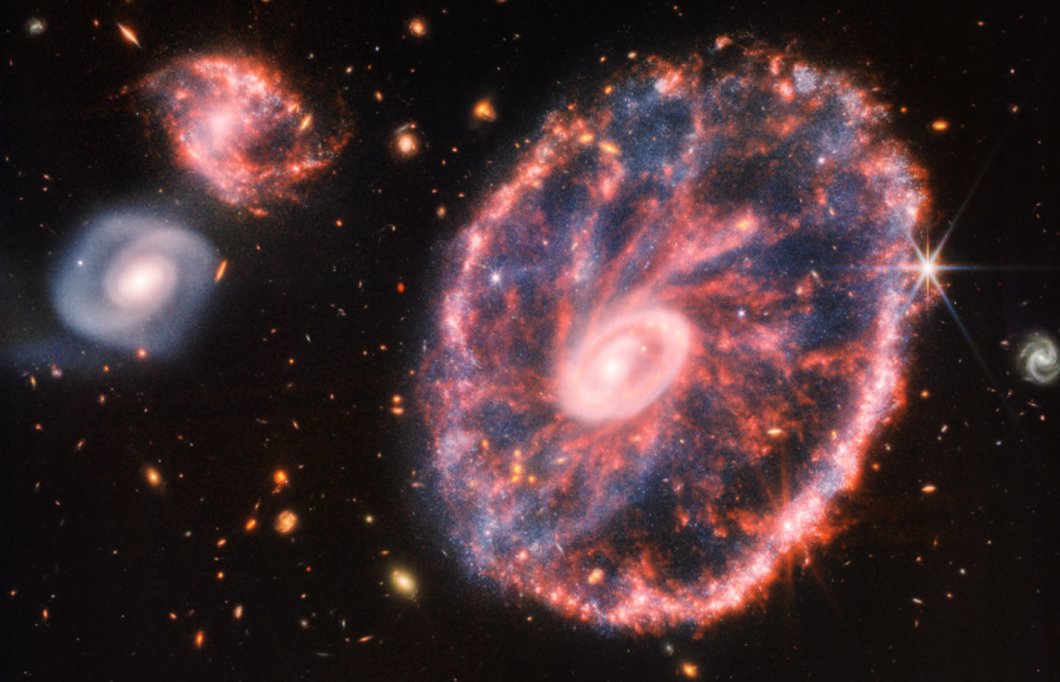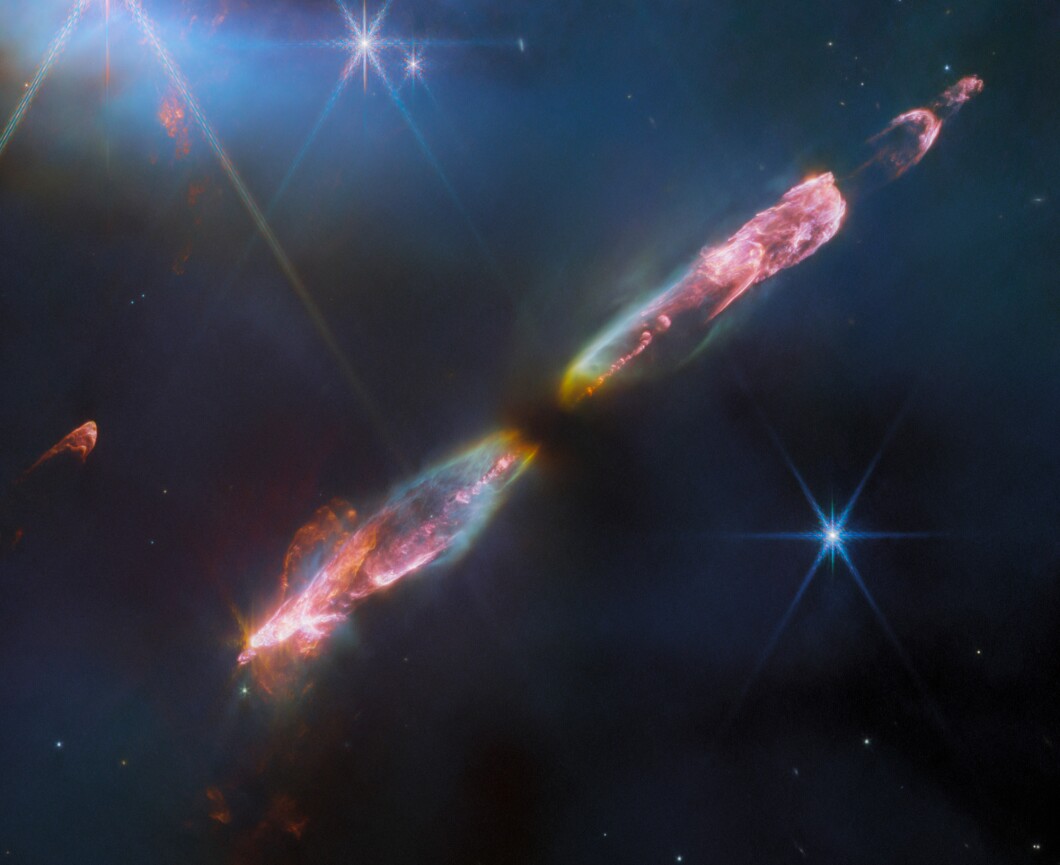
NASA has been releasing images from its James Webb Space Telescope for over a year, offering new perspectives on distant planets and galaxies.
Since it was launched into space, images from the telescope have shown the scale and complexity of the cosmos. Here are nine out-of-this-world photos NASA has released in the past 14 months.
WITH NO CLEAR PATH TO AVOID A SHUTDOWN, HOUSE REPUBLICANS’ INTERNAL TENSIONS SPEW INTO THE PUBLIC
Galaxy Cluster SMACS 0723

Released on July 11, 2022, this image was the first full color unveiled by NASA after the telescope was launched and shows the far reaches of the universe, with nearly every point of light being a distant galaxy.
Uranus

Released on April 6, 2023, this zoomed-in image of Uranus was taken with the telescope’s Near-Infrared Camera on Feb. 6, 2023, and displays 11 of the planet’s 13 rings.
Jupiter

Released on Aug. 22, 2022, the image of Jupiter shows its rings and auroras occurring at its north and south poles and its distinctive Great Red Spot in the lower right.
Cartwheel Galaxy

Released on Aug. 2, 2022, the image shows the wagon wheel shape of the Cartwheel Galaxy, which is caused by a collision between one large spiral galaxy and a smaller galaxy.
Neptune

Released on Sept. 21, 2022, the image of Neptune shows new details, including of the planet’s rings, which were unable to be captured by previous space telescopes.
Phantom Galaxy

Released on Aug. 29, 2022, the image of the M74 galaxy, nicknamed the Phantom Galaxy, shows its mysterious-looking “grand design spiral.”
Rho Ophiuchi cloud complex

Released on July 12, 2023, this image shows the Rho Ophiuchi cloud complex, a local region of space where star formation is taking place.
Herbig-Haro 46/47

Released on July 26, 2023, this image shows two young stars forming in deep space more than a thousand light-years away from Earth.
Herbig-Haro 211

CLICK HERE TO READ MORE FROM THE WASHINGTON EXAMINER
Released on Sept. 14, 2023, this image shows Herbig-Haro 211 displaying a series of bow shocks, where stellar wind meets the interstellar medium.
The James Webb Space Telescope was launched into space by NASA in December 2021, and the space agency has been releasing images from the telescope since July 2022, touting its advanced capabilities.





